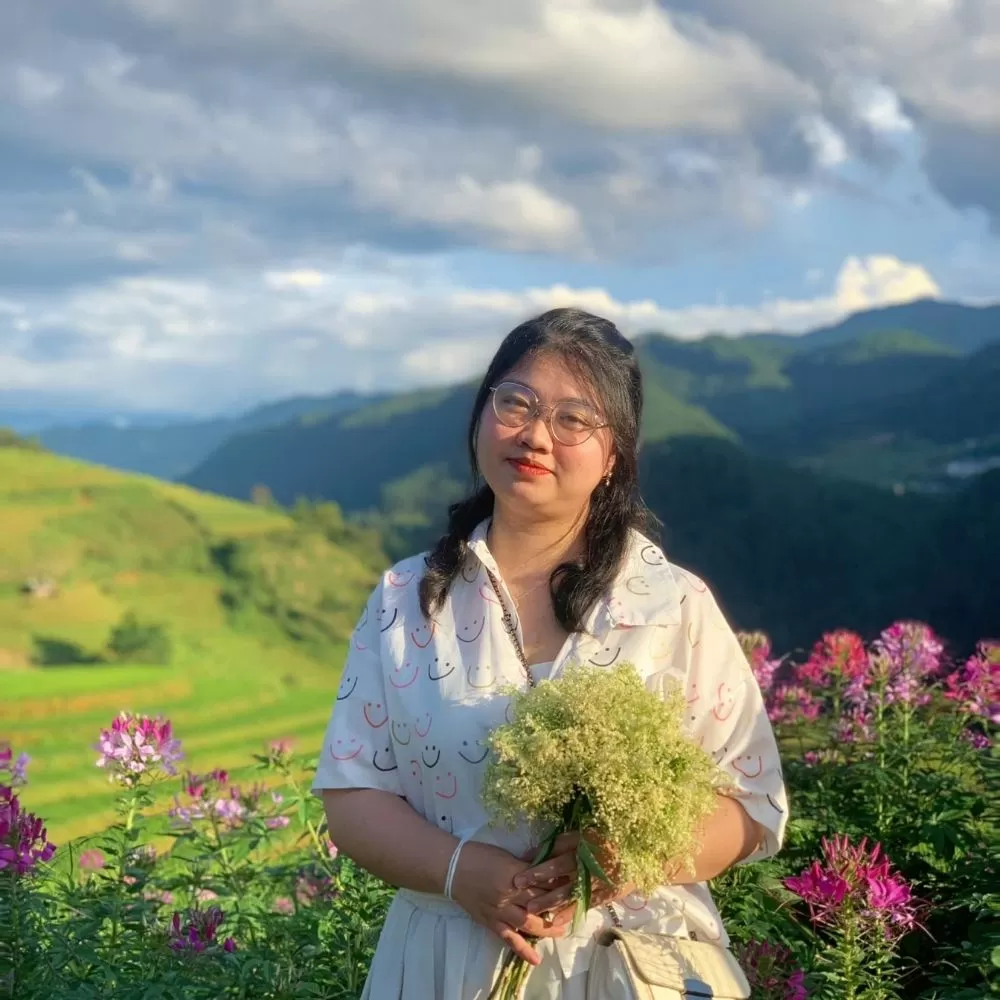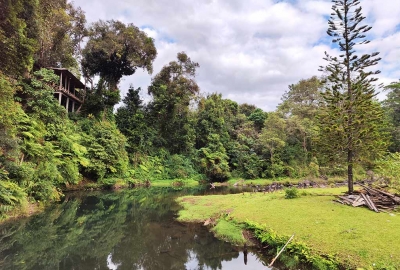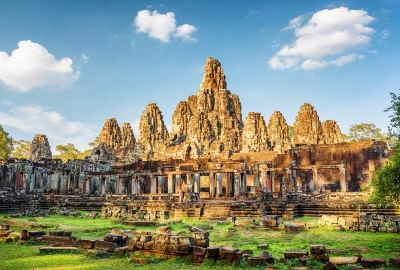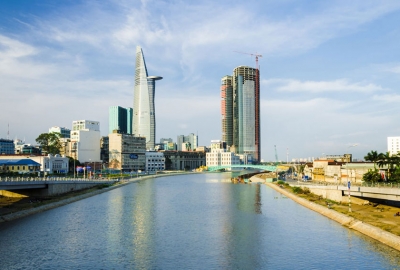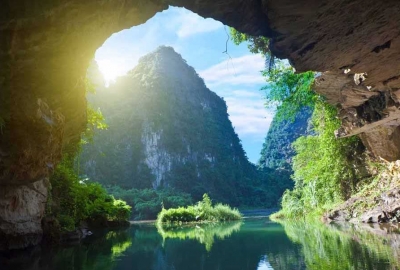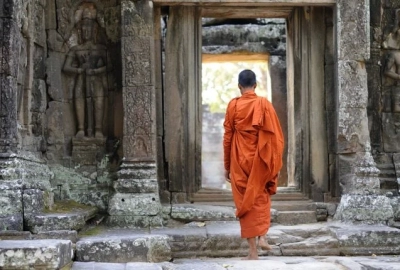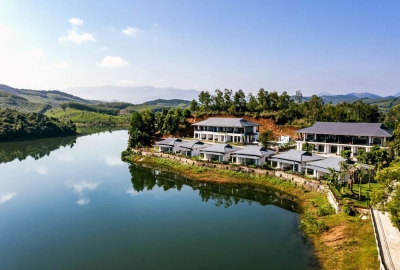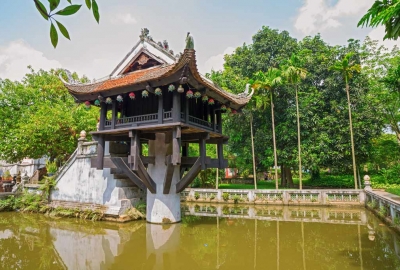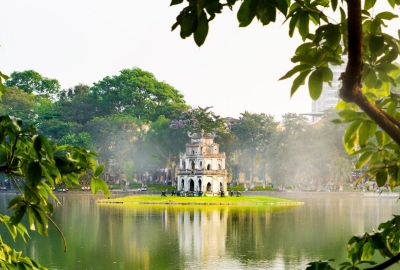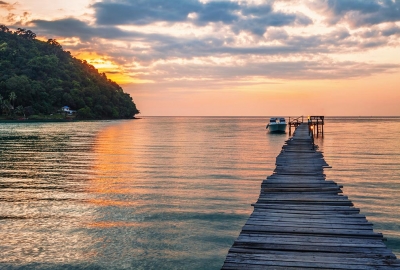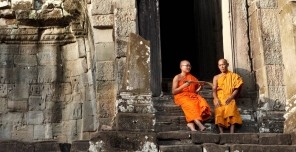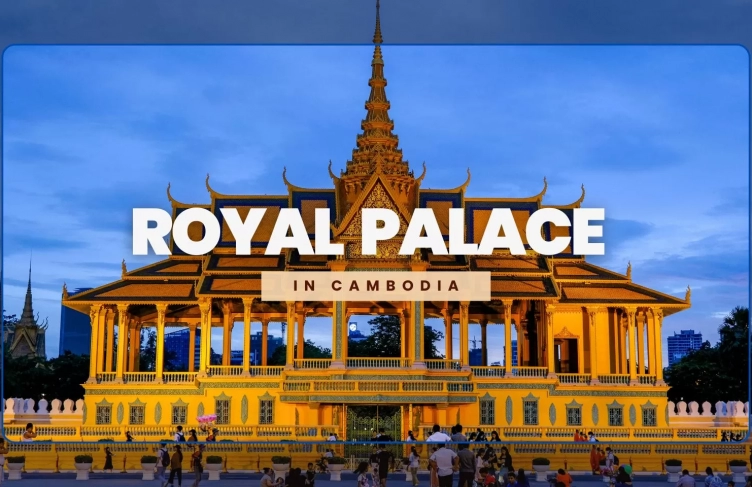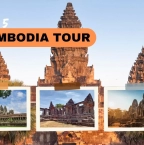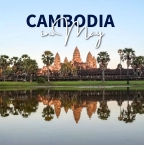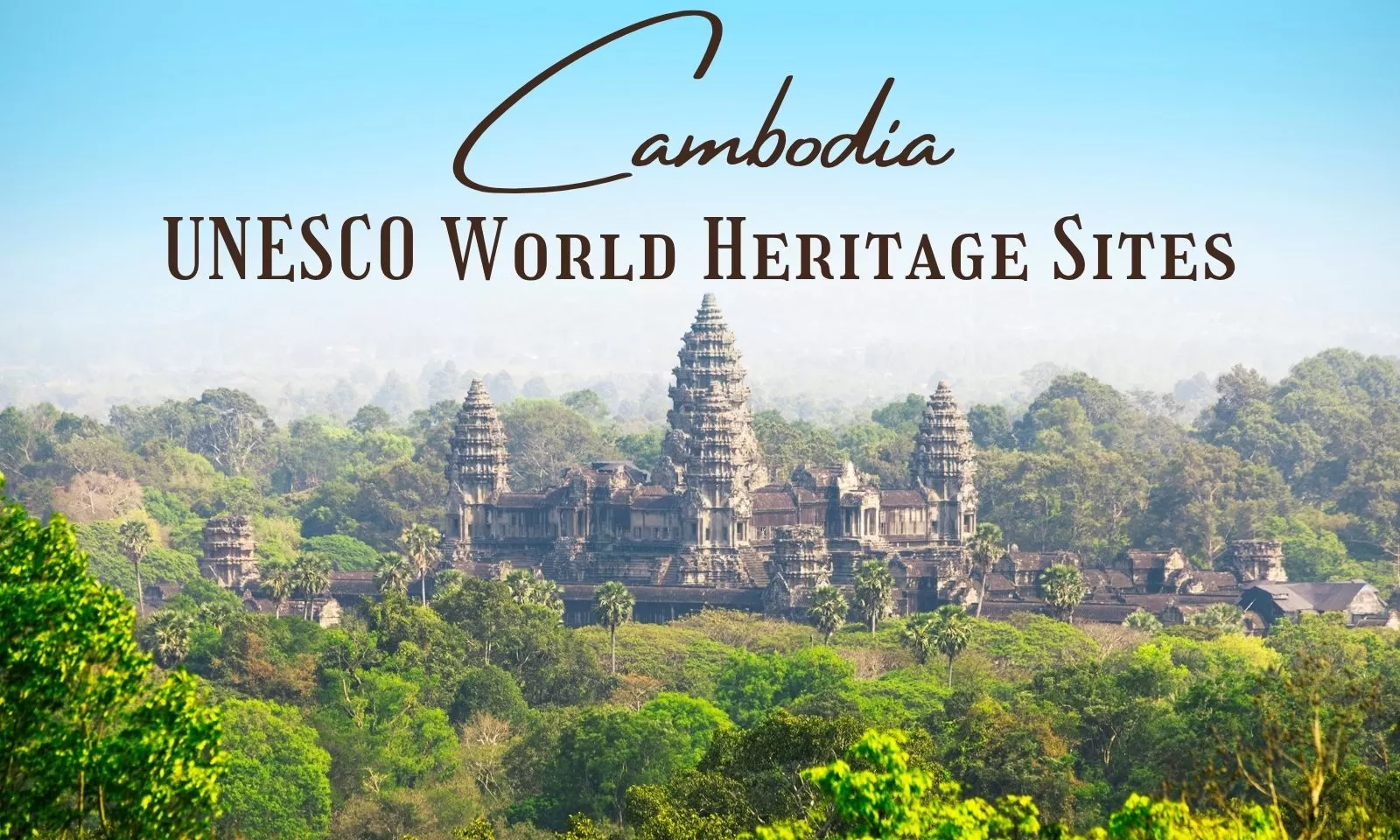
UNESCO World Heritage sites in Cambodia

From the awe-inspiring ruins of Angkor to sacred mountain temples and forgotten capitals, Cambodia’s UNESCO-listed sites reflect centuries of devotion, artistry and resilience. These Cambodia UNESCO World Heritage sites are more than historical landmarks—they're the living soul of the Khmer legacy.
This article introduces all UNESCO World Heritage sites in Cambodia, covering their historical background, cultural significance and travel tips for each location. Read on to journey through Cambodia’s most iconic heritage sites and make the most of your Cambodia vacation.
Table of Contents
Cultural importance of Cambodia’s UNESCO sites

The UNESCO World Heritage sites in Cambodia are more than ancient ruins—they are guardians of Khmer identity, artistry and resilience. These sites represent the legacy of one of Southeast Asia’s most influential civilizations, tracing the rise and transformation of Khmer culture from the Chenla and Angkor periods to the present day. Their inclusion on the UNESCO list underscores Cambodia’s global cultural importance and the universal value of its heritage. From temple mountains crowned with sacred shrines to long-forgotten capitals reclaimed by nature, these places speak of deep spiritual devotion, political grandeur and architectural genius.
For Cambodians, these sites are sources of national pride and cultural continuity. They serve not only as historical landmarks but also as living centers of education, religious practice and sustainable tourism. As visitors explore these UNESCO World Heritage sites, they participate in a shared responsibility to protect and appreciate a cultural inheritance that continues to inspire. Through preservation and storytelling, Cambodia reclaims its narrative on the world stage—offering every traveler a rare chance to connect with the heart of Southeast Asia.
List of UNESCO World Heritage sites in Cambodia
Cambodia is home to four officially recognized UNESCO World Heritage sites, each representing a unique chapter in its rich cultural history. From ancient capitals and majestic temples to sacred mountain sanctuaries, these landmarks reflect the depth and diversity of Khmer civilization. Below is an overview of the most significant UNESCO World Heritage sites in Cambodia, along with what makes them truly exceptional.
Angkor (inscribed in 1992)
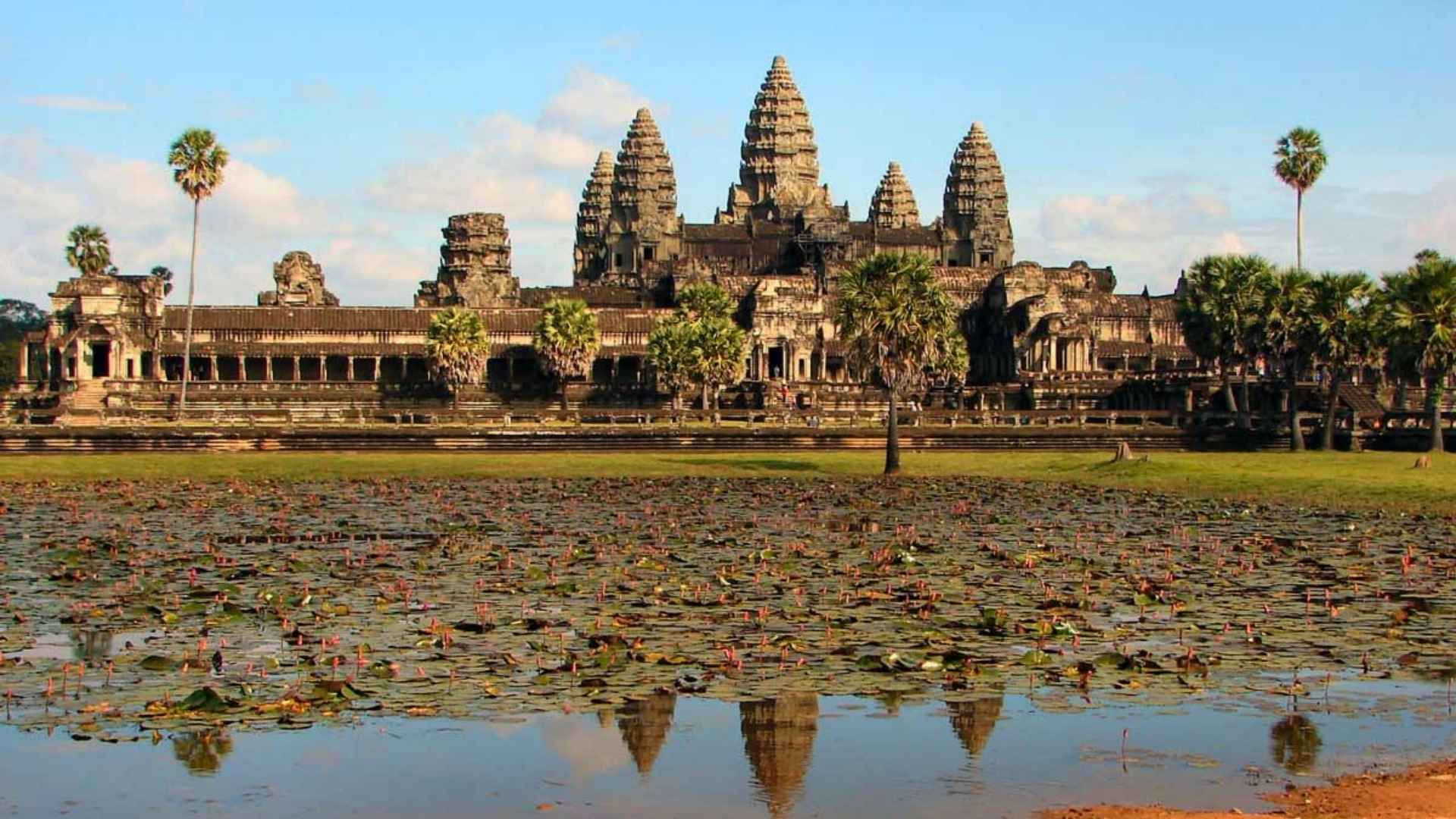
Angkor is the most iconic UNESCO World Heritage site of Cambodia and a defining symbol of Khmer heritage. Once the political and spiritual center of the Khmer Empire from the 9th to the 15th century, Angkor covers more than 400 square kilometers and features hundreds of archaeological treasures. Its most famous temples—Angkor Wat, Bayon and Ta Prohm—showcase intricate carvings, soaring towers and a profound connection between religion, art and landscape.
The site exemplifies the fusion of Hindu and Buddhist influences through centuries of rule, with architectural marvels aligned to celestial patterns. Recognized not only for its artistic grandeur but also for its hydraulic city planning, Angkor remains a sacred pilgrimage site for Cambodians today. Visitors are encouraged to come between November and February for the most comfortable weather conditions and to experience the mystical beauty of the temples during sunrise or sunset.
Temple of Preah Vihear (inscribed in 2008)
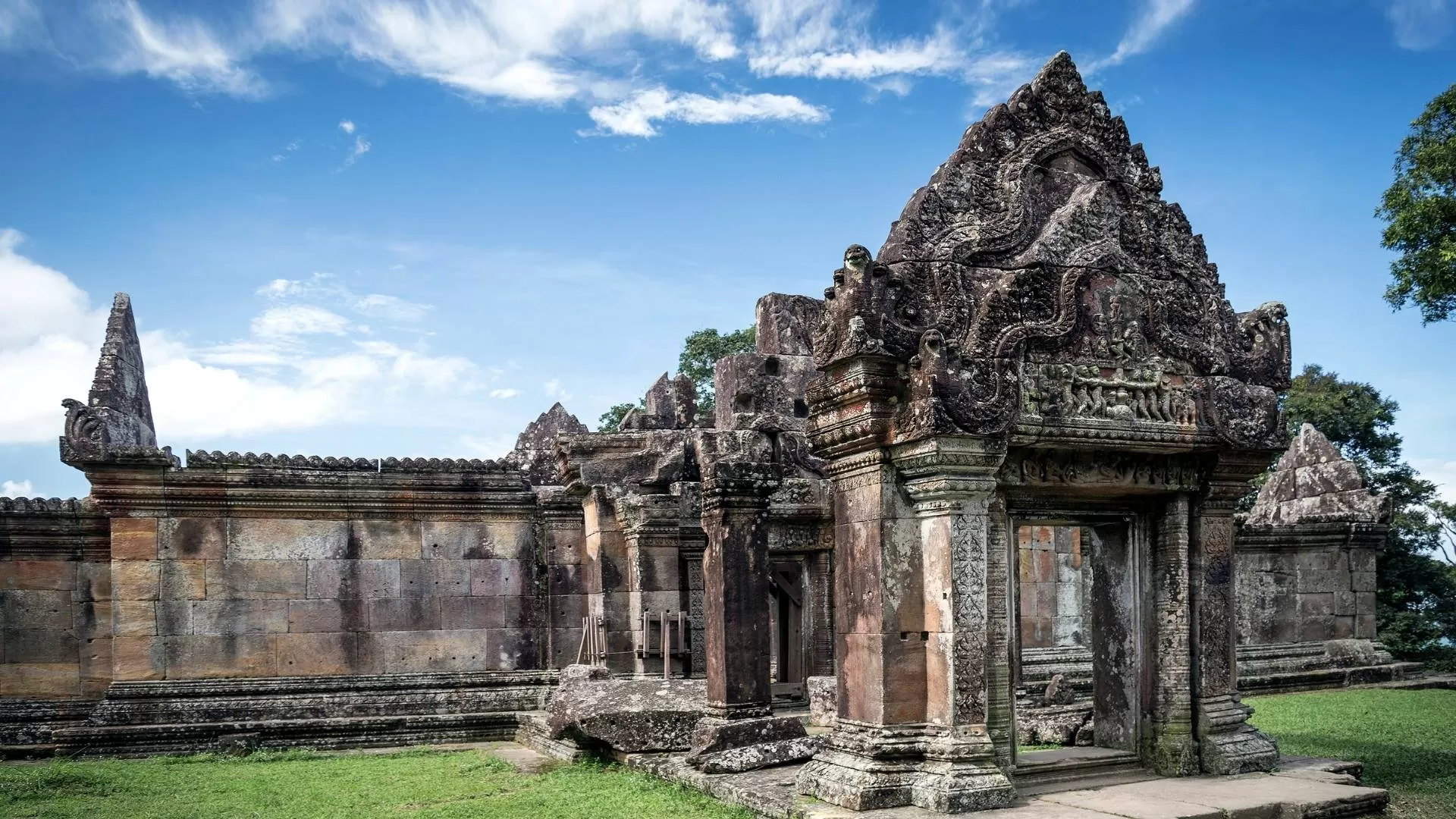
Located atop a 525-meter escarpment in the Dângrêk Mountains, the Temple of Preah Vihear offers a dramatic setting that reflects its spiritual significance. Built over several reigns between the 9th and 12th centuries, this temple complex is dedicated to the Hindu god Shiva and aligned to the cardinal points, demonstrating the Khmer mastery of sacred geography and symbolism.
Unlike Angkor's sprawling layout, Preah Vihear unfolds in a linear progression of sanctuaries that ascend toward the cliff’s edge, creating a powerful visual and spiritual journey. Its architectural elements—including finely carved lintels, gopuras and sanctuaries—highlight the temple’s ceremonial role. The site also holds modern geopolitical importance, having been the subject of a longstanding territorial dispute with Thailand, which was settled in Cambodia’s favor by the International Court of Justice in 2013.
Sambor Prei Kuk – Ancient Ishanapura (inscribed in 2017)

Sambor Prei Kuk, once the capital of the Chenla Kingdom in the 7th century, predates Angkor and reveals the early development of Khmer religious architecture. This archaeological site includes more than 100 temples, many of which feature unique structural designs such as circular and octagonal towers—unlike anything found at later Khmer sites.
Set within a quiet forest in Kampong Thom province, Sambor Prei Kuk offers a tranquil experience ideal for those seeking a less touristy alternative to Angkor. The site includes three main complexes—Prasat Sambor, Prasat Yeah Puon and Prasat Tao (Lion Temple)—with elaborate brick carvings and early Sanskrit inscriptions. Its serene, natural surroundings and pioneering architectural features earned it a place on the UNESCO list as a rare example of early Southeast Asian urban planning and sacred expression.
Koh Ker – Ancient Lingapura or Chok Gargyar (inscribed in 2023)
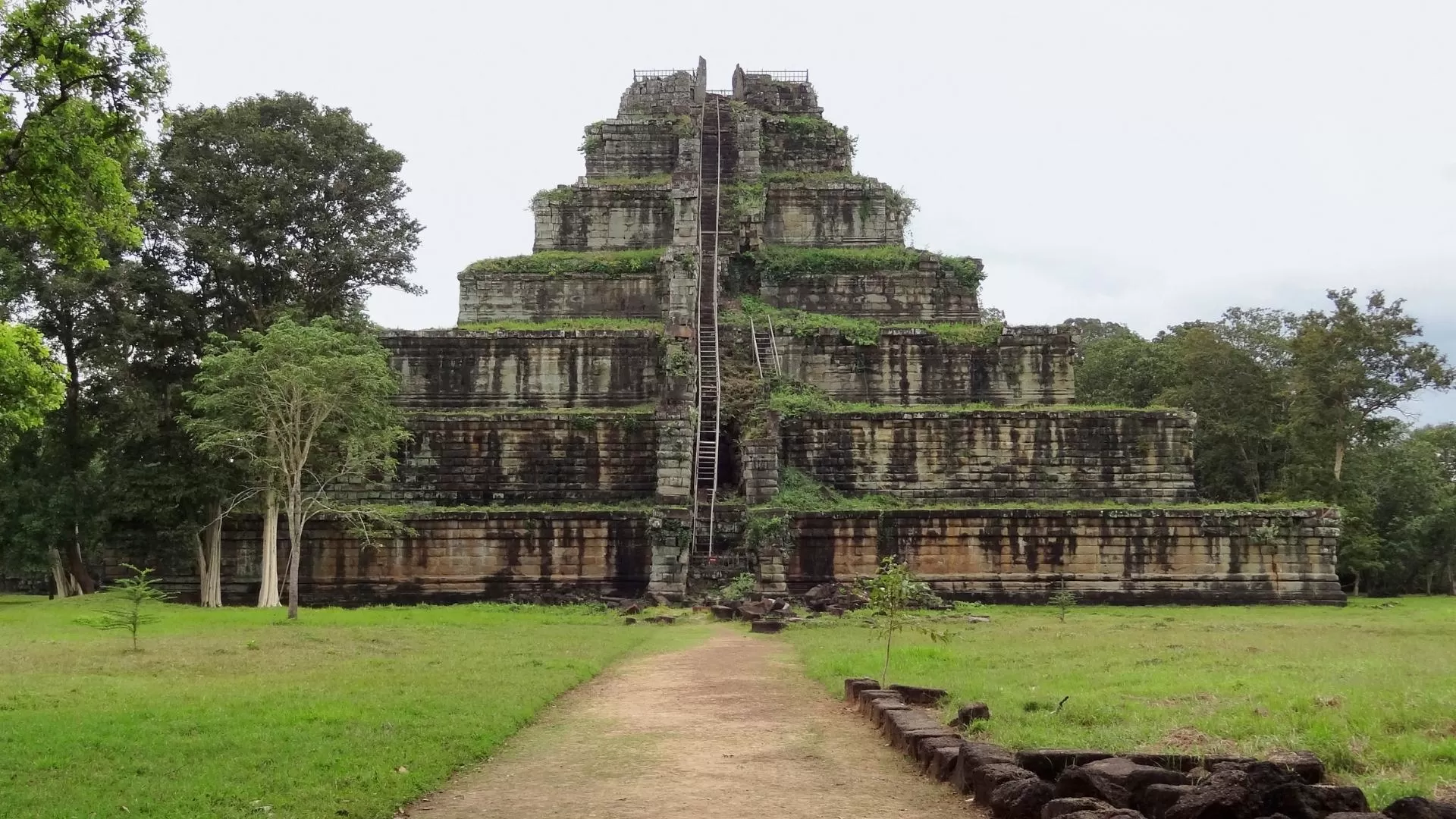
Koh Ker served as the Khmer Empire’s capital for a brief period during the reign of King Jayavarman IV, marking a significant deviation from Angkor. Nestled deep in the jungle of Preah Vihear province, the site is dominated by Prasat Thom, a striking seven-tiered sandstone pyramid rising 36 meters high—reminiscent of a step pyramid and unlike anything else in Cambodia.
This remote complex contains over 180 sanctuaries scattered across the forest, many of which feature exceptional sculptures and inscriptions. Koh Ker is especially notable for its expressive statues, including depictions of Garuda, Naga and deities in dynamic motion. Although long overshadowed by Angkor, Koh Ker’s recent recognition as a UNESCO World Heritage site has brought new attention to its archaeological value. Efforts are underway to improve infrastructure and conservation, making it an increasingly accessible yet still adventurous destination for heritage travelers.
To deepen your cultural experience in Cambodia, consider these thoughtfully crafted tours from Hanoi Voyages—designed to connect you with the country’s heritage, landscapes and spirit:
Looking for something more personal? We also create tailor-made itineraries based on your interests, travel style and pace. |
Visiting tips for Cambodia’s UNESCO sites
Exploring Cambodia’s UNESCO World Heritage sites can be a profound and rewarding experience—but a bit of preparation will go a long way. From weather planning to respectful dress codes, here are essential tips to help you enjoy these cultural treasures comfortably, responsibly and meaningfully:
Choose the right season: The dry season, from November to March, is the most favorable time to explore outdoor sites. During this period, roads are more accessible and skies are clear. At Angkor, arrive early in the morning to avoid large tour groups and midday heat.
Dress respectfully: As many of these sites remain active places of worship or carry deep religious significance, visitors should wear modest clothing—covering shoulders, chest and knees. Opt for breathable fabrics, a hat and sunscreen to stay comfortable while respecting local customs.
Plan logistics ahead of time: Remote sites such as Koh Ker and Preah Vihear require long drives and sometimes bumpy off-road travel. It’s wise to arrange transport in advance, preferably with experienced drivers or reputable tour operators who know the terrain and timing.
Stay nearby for convenience and local charm: While Siem Reap serves as the main base for Angkor, sites like Preah Vihear and Sambor Prei Kuk are best explored with an overnight stay in nearby towns or villages. Local guesthouses not only offer authentic experiences but also reduce travel fatigue.
Cambodia’s UNESCO World Heritage sites are more than just relics of the past—they are living testaments to the spirit, resilience and artistic brilliance of the Khmer civilization. From the majestic spires of Angkor to the serene forest temples of Sambor Prei Kuk and the dramatic mountaintop sanctuary of Preah Vihear, each site invites you into a deeper understanding of Southeast Asia’s cultural heart.
Ready to explore Cambodia’s most iconic heritage sites your way? Let Hanoi Voyages design a tailor-made trip that turns your cultural journey into a truly memorable experience.
Want to explore more? Discover our other blog posts for deeper insights into Cambodia's culture, destinations and travel inspiration:
>>> Top 11 ancient temples in Siem Reap
>>> Top 7 must-try travel experiences in Cambodia
>>> Cambodia 10 days itinerary: The ultimate travel guide
>>> Traveling to Cambodia: 9 must-see attractions for travelersDream about your trip to Asia, in private
We are here to make it happen with youFREE QUOTE, WITHOUT OBLIGATION

